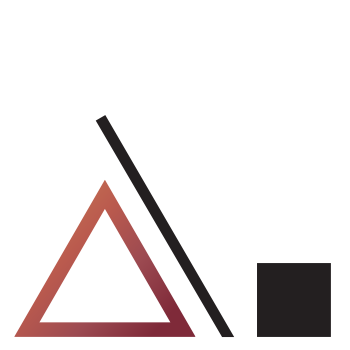 |||
|||

Fulcra
By RYAN J. A. MURPHY
The halo effect is essentially how positive—but irrelevant—traits influence our perception of what the thing with the halo actually says or does. These authors explored how charities manifest the halo effect on their websites, and find evidence for four varieties of halo effect.
this study employs charity websites as a multi-attribute donation channel consisting of three attributes of information content quality (mission information, financial information, and donation information) and four attributes of system quality (navigability, download speed, visual aesthetics, and security). Based on the proposed framework, this study proposes four types of halos that are relevant to charity website evaluation —collective halo (attribute-to-attribute), aesthetics halo (attribute-to- dimension), reciprocal-quality halo (dimension-to-dimension), and quality halo (dimension-to-dimension)
In this Wired article, Adam Savage provides a pragmatic description of how he breaks down complex projects using lists.
In my mind, a list is how I describe and understand the mass of a project, its overall size and the weight that it displaces in the world, but the checkbox can also describe the project’s momentum. And momentum is key to finishing anything.
Momentum isn’t just physical, though. It’s mental, and for me it’s also emotional. I gain so much energy from staring at a bunch of colored-in checkboxes on the left side of a list, that I’ve been known to add things I’ve already done to a list, just to have more checkboxes that are dark than are empty. That sense of forward progress keeps me enthusiastically plugging away at rudimentary, monotonous tasks as well as huge projects that seem like they might never end.
I love the physics metaphor here. There’s lots of other insights to be gained by thinking about how work follows physical principles. For instance, projects also have inertia, friction, and surface area:
To return to momentum, though, Adam makes an excellent point: breaking down the work helps keep momentum going even when you put the work down.
That may be the greatest attribute of checkboxes and list making, in fact, because there are going to be easy projects and hard projects. With every project, there are going to be easy days and hard days. Every day, there are going to be problems that seem to solve themselves and problems that kick your ass down the stairs and take your lunch money. Progressing as a maker means always pushing yourself through those momentum-killers. A well-made list can be the wedge you need to get the ball rolling, and checkboxes are the footholds that give you the traction you need to keep pushing that ball, and to build momentum toward the finish.
Another point in the article that’s worth emphasizing:
[I]n a project with any amount of complexity, the early stages won’t look at all like the later stages, and [the manager] wanted to take the pressure off any members of the group who may have thought that quality was the goal in the early stages.
I’ve heard this discussed in the context of critique, or “10% feedback”. When sharing work with others, it’s important to disclose the stage the work is at. Typos should be caught at a project that’s basically ready to publish. They shouldn’t even be discussed when a work is being conceptualized. The focus on early stages should be the concepts themselves, and how they fit within the broader context.
Last thing. This is excellent:
There is a famous Haitian proverb about overcoming obstacles: Beyond mountains, more mountains.
🏔
 A thought-terminating cliché limits conversation by capturing a complex (but potentially debatable) subject within a reductive term or phrase. ▵
→
A thought-terminating cliché limits conversation by capturing a complex (but potentially debatable) subject within a reductive term or phrase. ▵
→
Ryan J. A. Murphy
ryan@fulcra.design
ryanjamurphy
Canada
Memorial University of Newfoundland
fulcra.designHelping changemakers change their worlds through systemic design and with innovation, leadership, and changemaking education.

